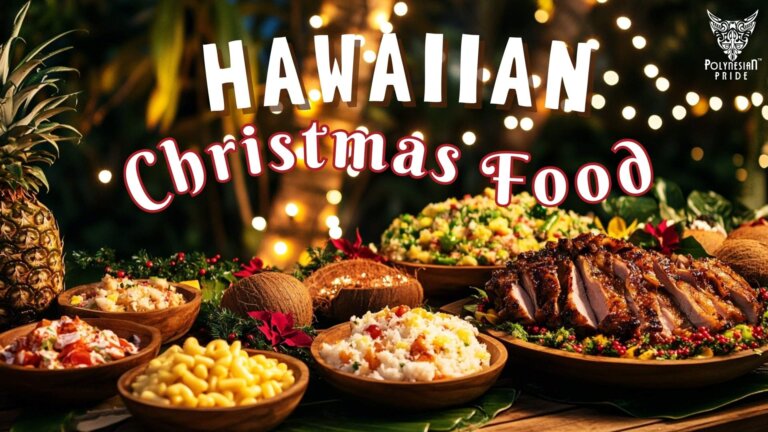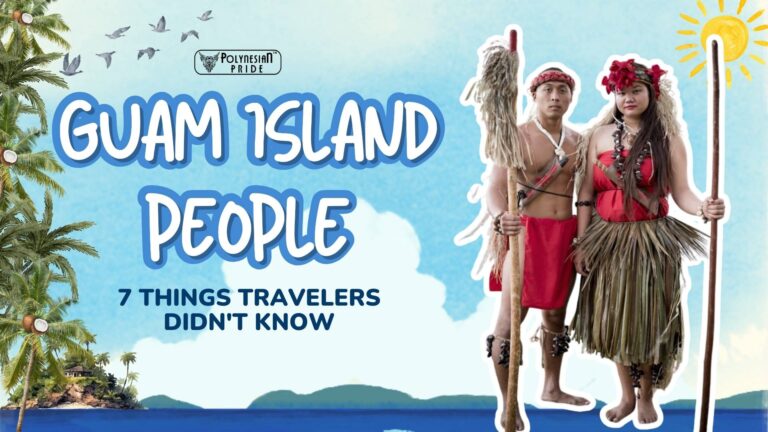Hawaiian Shaka: The Powerful Meaning Behind the Simple Wave

INTRODUCTION
In a world where digital communication often overshadows face-to-face interactions, gestures like the Hawaiian Shaka sign remind us of the power of nonverbal expressions. They bridge cultures, allowing individuals to convey emotions, sentiments, and universal messages of goodwill without uttering a single word. This article delves into the origins, meanings, and cultural importance of the Shaka hand signal, exploring how it has evolved and transcended its humble beginnings.
From the shores of Hawaii to sports stadiums around the globe, the Hawaiian hand sign stands as a testament to humanity’s interconnectedness, inviting everyone to embrace a lifestyle of kindness, respect, and unity.
What is the Shaka?

The Hawaiian Shaka sign is a distinctive hand sign characterized by extending the thumb and pinky finger while keeping the middle three fingers curled into the palm. It’s not merely a signal; it’s a language in itself, filled with nuances that vary across different situations and cultures.
At first glance, the Shaka hand signal may seem simple, but its implications are vast. It signifies various emotions and intentions, including friendship, gratitude, encouragement, and even a casual invitation to “hang loose.” In Hawaii, this gesture is deeply entrenched in everyday life; locals use it as a greeting, farewell, or an expression of appreciation.
This versatile hand sign breaks down barriers between people, encouraging camaraderie and mutual understanding. As visitors to Hawaii learn about the Hawaiian Shaka sign, they participate in a greater cultural narrative that emphasizes connection and respect for others.
A Gesture of Friendship

One of the most cherished meanings associated with the Hawaiian Shaka sign is that of friendship. When someone flashes a Shaka hand signal, they invite you into their circle, extending a metaphorical hand of inclusion. This sense of belonging is essential within Hawaiian culture, where communal ties and relationships are foundational.
Moreover, the Hawaiian hand sign promotes an informal atmosphere, making it easier for strangers to connect. Whether walking along Waikiki Beach or sharing a moment with a local, the Shaka hand signal fosters warmth and familiarity, transforming encounters into opportunities for friendship.
An Expression of Gratitude

Gratitude is another fundamental aspect of the Hawaiian Shaka. Locals often use this gesture to express thanks for a kind deed or a shared experience. It’s a way of acknowledging the efforts of others and conveying appreciation without the need for elaborate words.
In many cultures, expressing gratitude can sometimes feel cumbersome. However, the shaka simplifies this process, allowing individuals to communicate their feelings effortlessly. This practice helps cultivate a spirit of generosity and reciprocity, ultimately contributing to a more harmonious community.
A Reminder to Hang Loose

In today’s fast-paced world, “hanging loose“ is particularly significant. The Hawaiian Shaka sign encourages people to slow down, take a deep breath, and enjoy simple pleasures. This philosophy aligns perfectly with the laid-back lifestyle of Hawaii, where the pressures of work and daily responsibilities often give way to moments of relaxation and enjoyment.
Flashing a Shaka hand signal serves as a reminder to prioritize well-being, fostering an environment where stress takes a backseat to joy and leisure. This ethos resonates with many who seek to find balance in their lives, making the Hawaiian hand sign a global symbol of serenity and mindfulness.
What Does It Mean?
The Hawaiian Shaka is more than a gesture—it embodies aloha values like love, compassion, and respect, deeply rooted in Hawaiian culture. Beyond a simple Hawaiian greeting, it spreads goodwill and positive energy, fostering connection and kindness. By sharing the Shaka, individuals embrace the spirit of aloha, creating a ripple effect of warmth and unity.
A Symbol of Unity

Unity is another crucial aspect of the Hawaiian Shaka. In a world often divided by differences, this gesture reminds us of our shared humanity. It encourages people from diverse backgrounds to come together in recognition of common goals and aspirations.
The shaka acts as a unifying sign that transcends language barriers. This quality enables individuals to connect more deeply, fostering community collaboration and understanding. Through the lens of the shaka, we can appreciate the beauty of diversity while working collectively toward a better future.
Cultural Significance in Context

Understanding the significance of the Hawaiian Shaka requires exploring its context within Hawaiian culture. This gesture is deeply woven into the fabric of island life, serving as a tangible representation of the values and traditions held dear by Hawaiians.
Cultural ceremonies, social gatherings, and even casual interactions frequently incorporate the shaka, reinforcing its role in communal bonding. Its presence in these contexts highlights the importance of interpersonal connections and the impact of shared experiences on building strong communities.
Where Does the Shaka Come From?
The origins of the Hawaiian Shaka are both fascinating and somewhat mysterious. While several theories exist regarding its inception, two primary stories emerge, each providing unique insights into the gesture’s historical context.
Hamana Kalili’s Story

One of the most widely accepted accounts traces the roots of the Hawaiian Shaka to Hamana Kalili, a worker at the Kahuku Sugar Mill in the early 1900s. After experiencing a severe accident that resulted in the loss of several fingers, Kalili developed a distinct wave using only his thumb and pinky.
His gesture became a playful signal among local children, particularly those mischievously jumping trains. As Kalili’s unique wave circulated through the community, it began to evolve, morphing into what we now recognize as the shaka. Over time, this gesture grew from a local curiosity to a beloved symbol of Hawaiian identity.
David “Lippy” Espinda’s Influence

David “Lippy” Espinda, a charismatic TV personality in the 1960s, played a key role in popularizing the Hawaiian Shaka. His energetic style and frequent use of hand gestures on television introduced the Shaka to a wider audience, solidifying its place in popular culture.
Beyond entertainment, Espinda helped establish the Shaka as a symbol of Hawaiian life. Through his influence, the gesture transcended its local origins, becoming a global emblem of aloha and goodwill, reaching homes across the United States and beyond.
Spanish Immigrant Theory
While the stories of Hamana Kalili and David Espinda are well-known, there are alternative theories regarding the shaka’s origins. One such theory suggests that Spanish immigrants who settled in Hawaii may have inspired the gesture. According to this perspective, the shaka could have evolved from similar gestures used by these immigrants, eventually blending with local customs and creating the unique symbol we celebrate today.
Regardless of its origins, the Hawaiian Shaka has emerged as a powerful representation of Hawaiian culture—a symbol that continues to adapt and thrive in an ever-changing world.
How is the Shaka Used Now?
The Hawaiian Shaka has expanded beyond its original context, taking on new meanings and applications in various settings. Its widespread adoption reflects the evolving nature of communication and the enduring appeal of this simple yet impactful gesture.
From casual beach days to professional sports events, the shaka has become prominent in diverse environments where positivity and camaraderie reign supreme. Understanding its current usage sheds light on how it continues fostering connections across generations and cultures.
In Social Interactions

In social settings, the Hawaiian Shaka remains a staple of friendly exchanges. Whether meeting new friends, greeting acquaintances, or saying farewell, the gesture reinforces bonds and serves as a universal embrace. It encapsulates the essence of Hawaiian culture—open-heartedness, acceptance, and the celebration of human connections.
As globalization continues to bring people together, the shaka has found its way into conversations worldwide. Travelers return home with tales of the shaka, adopting it into their social circles as a symbol of shared experiences and cherished memories.
In Sports Celebrations

The Hawaiian Shaka has also transcended cultural boundaries, becoming a popular gesture in sports. Athletes, fans, and spectators use the shaka to express excitement, solidarity, and sporting spirit during games and competitions. The gesture embodies camaraderie among supporters, regardless of team affiliation, from football fields to surf competitions.
This versatility allows the shaka to create a sense of community among diverse groups, drawing people together through shared passions and celebrations. In this context, the shaka becomes a rallying point, amplifying collective enthusiasm and instilling a sense of pride in athletes and fans alike.
Digital Communication

In the age of technology, the Hawaiian Shaka has crossed into the digital realm, finding its place in emojis and social media. With the rise of smartphone technology, users can now express themselves through visual icons, and the shaka emoji has become a popular choice for conveying positivity and friendliness.
Social media platforms are flooded with images and videos showcasing the shaka, further solidifying its status as a global symbol of goodwill. As people share their adventures and experiences online, the shaka transcends geographical boundaries, connecting individuals across continents and celebrating the spirit of aloha.
CONCLUSION
The Hawaiian Shaka represents much more than a simple hand gesture; it is a powerful symbol that embodies friendship, gratitude, and unity. Its rich history, rooted in the stories of Hamana Kalili and David Lippy Espinda, provides insight into the transformative journey of this beloved gesture.
As we navigate an increasingly interconnected world, the shaka remains relevant. It reminds us of the importance of connection, kindness, and embracing the spirit of aloha. Whether in person or through digital mediums, the shaka transcends culture and distance, inviting people from all walks of life to come together in a shared celebration of humanity.
Through its continued popularity and adaptability, the Hawaiian Shaka serves as a beacon of hope and warmth, reflecting the timeless values of love, respect, and goodwill that resonate deeply within Hawaiian culture. Let us carry this spirit with us, sharing the shaka as we move through life—encouraging friendship, gratitude, and connection in everything we do.
FAQs
1. Is it OK to use the Shaka sign?
Yes! The Hawaiian Shaka sign symbolizes aloha spirit, love, and local pride. It’s a friendly gesture recognized and embraced in Hawaii.
2. What does 🤙 🤙 mean?
The shaka sign, sometimes known as “hang loose,” is a gesture with friendly intent often associated with Hawaii and surf culture.
3. What do you say with shaka?
In Hawaii, people use the Shaka sign to say hello, thank you, or acknowledge kindness, especially on the road.
4. Is the Shaka exclusive to Hawaiian culture?
Though it originated in Hawaii, the Hawaiian Shaka sign is now used globally as a symbol of goodwill and connection.
5. What does the Hawaiian Shaka symbolize?
The Hawaiian Shaka symbolizes friendship, gratitude, and goodwill, embodying the spirit of aloha in Hawaiian culture.

I am a cultural historian and editor with over 10 years of research into pre-contact Polynesian history, the Lapita migration, and oral traditions. Share the excitement of my latest publications.
My contact:
Email: [email protected]
Tel: +64 21 456 7890






